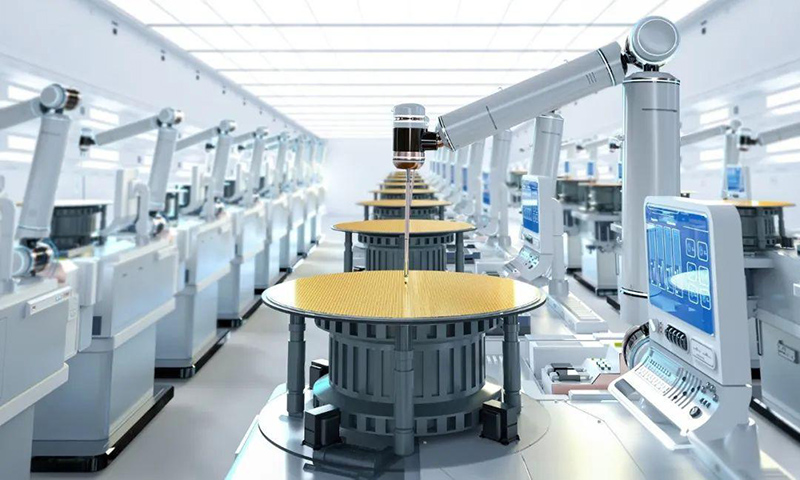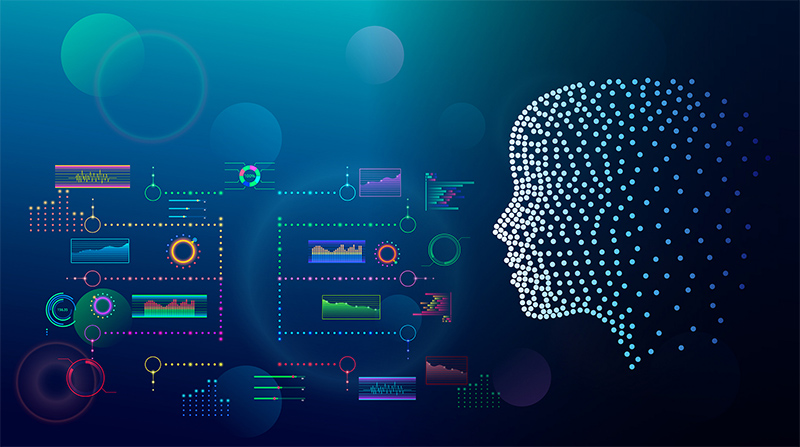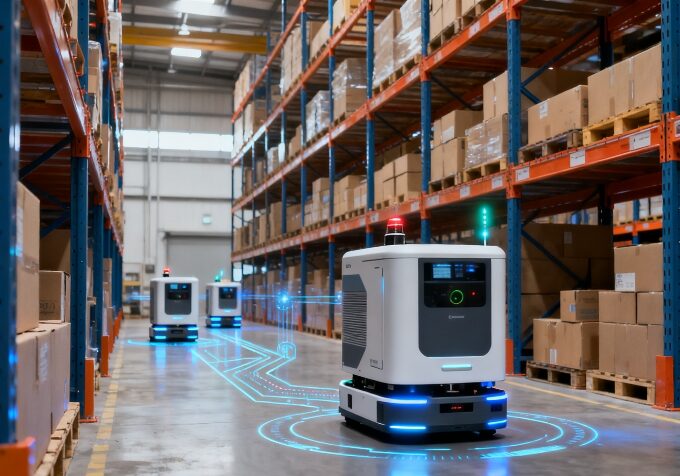Two years ago, Google’s DeepMind announced the discovery of 2.2 million new crystalline materials using deep learning technology. Earlier this year, Microsoft announced that its AI model, MatterGen, could generate inorganic materials from scratch, potentially revolutionizing the design paradigm of inorganic materials.
A new era of artificial intelligence (AI)-driven materials research appears to have begun, but so too has criticism. Critics argue that some AI-generated compounds lack originality and practicality. Will AI revolutionize the field of materials discovery, or will it become overhyped? A recent report in the British journal Nature stated that most researchers recognize the enormous potential of AI in materials science, but that its full potential requires deep collaboration with experimental chemists, recognizing AI’s current limitations, and continuously improving it.
AI Drives the Materials Design Boom
Before the advent of AI, researchers primarily relied on traditional computational methods, such as density functional theory (DFT), to predict new materials and their properties. DFT has previously predicted high-quality new materials such as supermagnets and superconductors.
However, DFT is computationally intensive, and screening millions of compounds simultaneously would be prohibitively expensive. This is where the value of AI becomes apparent. DeepMind’s “Graph Network of Materials Exploration” (GNoME) AI system discovered 2.2 million new crystalline materials simultaneously, covering a wide range of elements in the periodic table. These included 52,000 graphene-like layered compounds and 528 lithium-ion conductors with the potential to improve the performance of rechargeable batteries.

The Lawrence Berkeley National Laboratory in the United States has developed the A-Lab robotic system. By poring over tens of thousands of papers on inorganic compound synthesis, the system has mastered formula design capabilities, enabling it to synthesize compounds whose structures have been predicted by DFT but have never been prepared. Furthermore, A-Lab can control the robot to perform experiments, analyze whether the products meet specifications, and adjust the formula if necessary, achieving closed-loop optimization.
Shortly after the publication of the GNoME and A-Lab papers, Microsoft launched the AI tool MatterGen. Compared to GNoME, MatterGen is more targeted, directly generating materials that meet design criteria. Scientists can not only specify material types but also set performance requirements for mechanical, electrical, and magnetic properties, providing a powerful tool for precise research and development. Furthermore, the Metaverse platform’s foundational AI team, in collaboration with Georgia Institute of Technology, focused on porous metal-organic frameworks (MOFs), predicting over 100 MOF structures with strong carbon dioxide adsorption, providing support for AI-accelerated development of direct air capture technologies.
The Debate Between Originality and Practicality
Despite the robust exploration efforts of industry giants, controversy continues. Many scientists have bluntly stated that some compounds hypothesized by AI systems are neither original nor practical.
After reviewing DeepMind’s list of hypothetical crystals, materials scientist Anthony Cheatham of the University of California, Santa Barbara, and others found that over 18,000 compounds predicted by its AI contained rare radioactive elements such as promethium and actinium, raising questions about their practical value. When Robert Palgrave, a solid-state chemist at University College London, checked the latest research results of A-Lab, he also pointed out that among the 41 inorganic compounds synthesized in the project, some of the materials were described incorrectly, and some were even known materials that had been synthesized long ago.

In response, A-Lab staff stated that detailed reanalysis confirmed that A-Lab’s descriptions of the material properties were reliable and that the claimed compounds had indeed been synthesized. A DeepMind spokesperson stated that over 700 compounds predicted by GNoME have been independently synthesized by other researchers, and that the model has also guided the discovery of several unknown cesium-based compounds with potential applications in optoelectronics and energy storage.
Microsoft’s MatterGen has also been embroiled in controversy. When the team tested it, asking it to recommend new materials with specific hardness, it synthesized a disordered compound called “tantalum chromium oxide.” However, a preprint paper published in June of this year indicated that this material had been first prepared as early as 1972 and was even included in MatterGen’s training data.
A collaborative project between Metaverse Platform and Georgia Institute of Technology has also been questioned. Computational chemist Berend Smidt at the Swiss Federal Institute of Technology in Lausanne confirmed through calculations that the new materials proposed in the collaboration are incapable of direct air capture. The model overestimates the material’s ability to bind carbon dioxide, partly due to errors in the underlying database used for training.
Overcoming the Hurdles
Despite the controversy, most researchers remain confident that with continued optimization, AI models will significantly advance materials science.
To ensure the reliability of AI results, the Microsoft team developed MatterSim, an auxiliary AI system specifically designed to verify the stability of structures proposed by MatterGen under real-world temperature and pressure conditions. Even if AI-assisted materials discovery proves effective, significant challenges remain: optimizing processes to meet market demands, achieving large-scale manufacturing of new materials, and integrating them into commercial products.

Citrine Informatics’ AI systems are helping clients optimize existing materials and manufacturing processes. CEO Greg Muhlholland explained that each client receives a customized Citrine model trained on proprietary experimental data and incorporating the R&D team’s “chemical intuition” to enhance AI’s judgment.
It’s undeniable that society’s urgent need for new materials will continue to drive AI exploration in this field. Many of the major societal challenges currently facing humanity are driven by material bottlenecks. Scientists hope to leverage AI to design cutting-edge materials that can be scalably produced and have a real impact on everyday life, truly realizing the value of AI in materials science.










